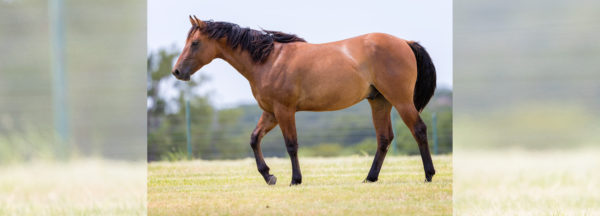Keeping Dehydration at Bay

By Ritchie Industries Automatic Waterers
What is the best way to tell if a horse is getting the proper amount of water? In general, there are two simple tests you can do to assess how well your horse is hydrated – the skin pinch and the capillary refill.
As a horse becomes dehydrated, the skin elasticity decreases. The skin pinch involves taking a fold of skin from the neck, just above the shoulder and lifting it up. If your horse is hydrated it should snap back in place quickly. If your horse’s skin tents up or doesn’t snap back, then this is a symptom of dehydration.
The second test is the capillary refill. You should lift the upper lip of your horse and do a visual inspection of the gums about the teeth. The gums should be pink, shiny, moist and slippery. Then, you should press your thumb against their gums, release your thumb and count how long it takes for the gums to go from a pale, white color to their normal pink color. Normal capillary refill time is under two seconds.
It is important to know what is normal for your horse. Measuring vital signs when your horse is healthy can give you a good baseline for comparison.
Learn more about Ritchie Industries Automatic Waterers and how they can help you manage your horse’s hydration by visiting classicequinebyritchie.com.
